Creating and deleting new partitions in linux a very normal practice. In this post we will be going through simple steps to create a new partition in linux, format it and mount it at your required mount point.
This article will also take you through the steps to delete your required partition, view your hard drive geometry,display existing partition table,display the UUID of a partition and many more about partition creation ,view,help, partitioning command line help and troubleshooting.
The tools used in this tutorial are very as mentioned below.
 Sarath Pillai
Sarath Pillai Satish Tiwary
Satish Tiwary





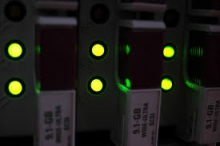
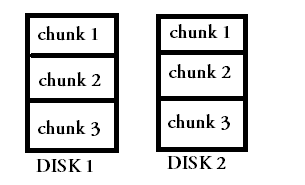
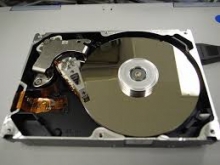
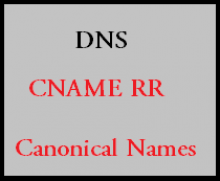

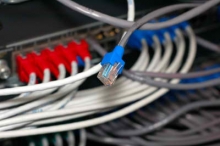
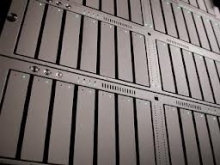


How Does Traceroute Work and Example's of using traceroute command
SAN vs NAS - Difference between a Storage Area Network and Network Attached Storage
difference between iterative and recursive dns query
Linux Booting Process: A step by step tutorial for understanding Linux boot sequence